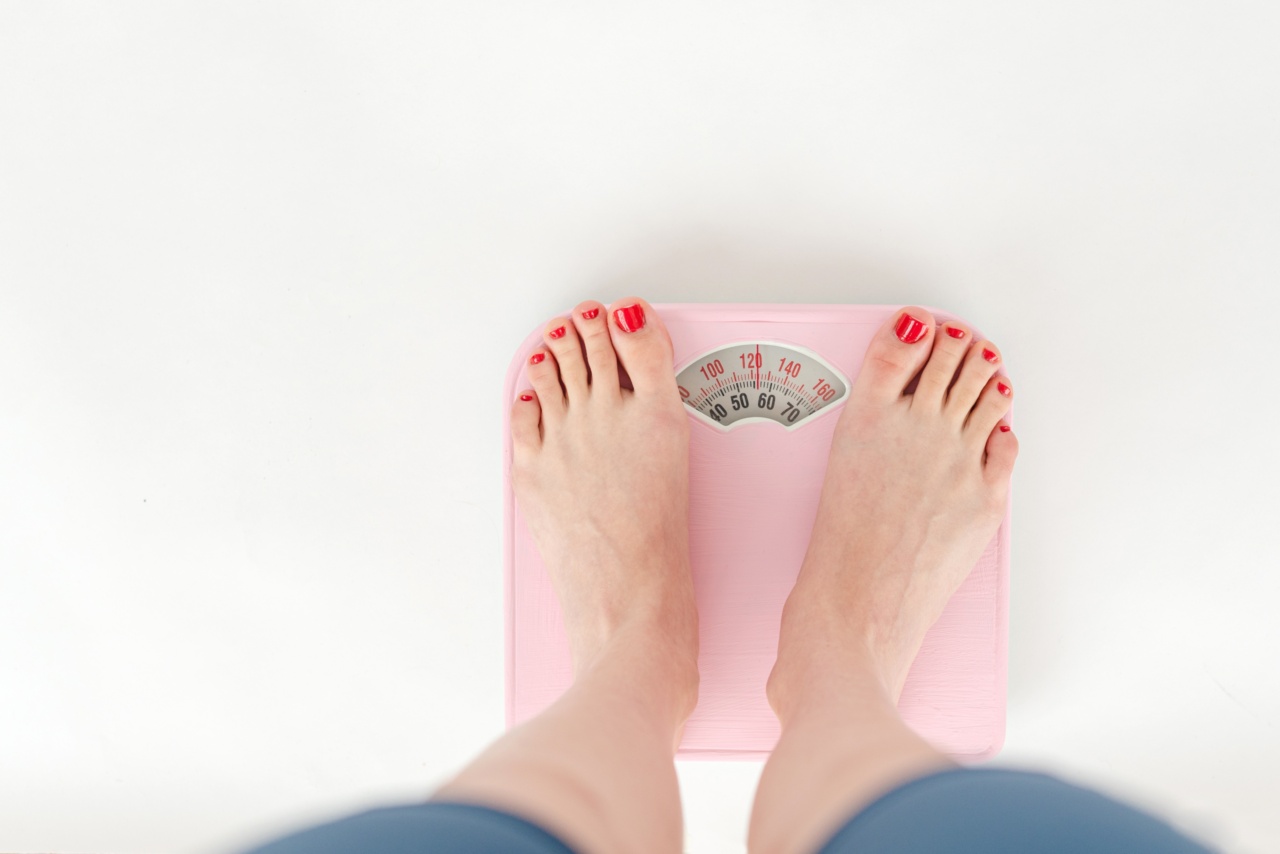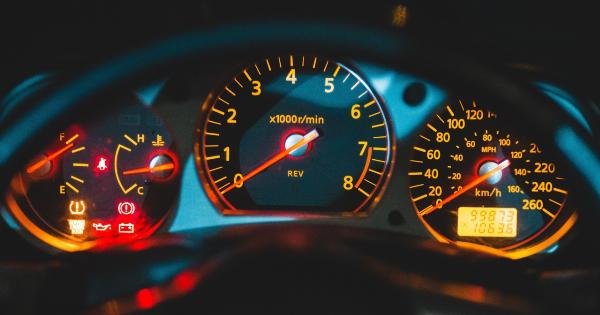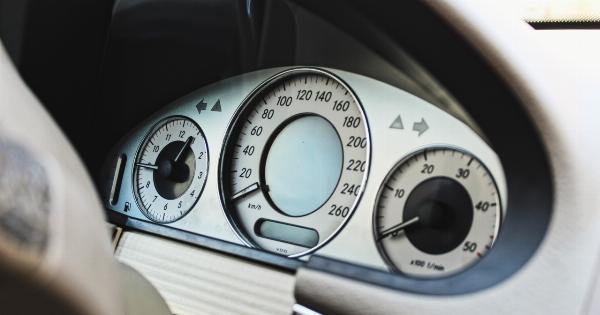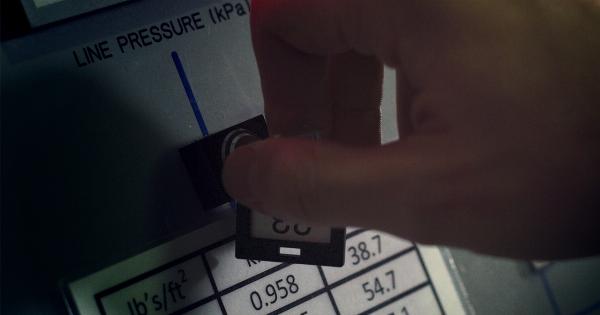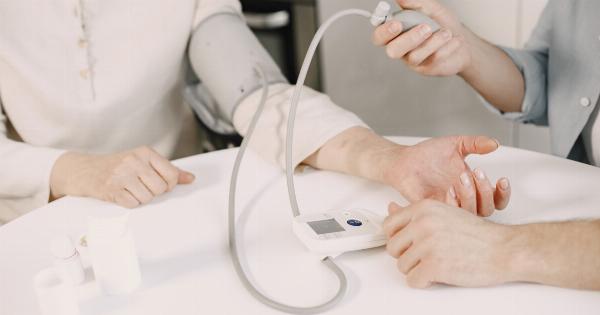Pressure measurement is an essential aspect of various industries and sectors. From the food industry to the aviation industry, measuring pressure accurately is crucial to ensure safety, efficiency, and quality.
While the basics of pressure measurement are well-known, there are still some unknown facts about this process. This article aims to highlight three such unknown facts about pressure measurement.
Fact #1: Pressure can be measured using liquids
The most common method of measuring pressure is by using instruments such as a manometer, pressure gauge, or pressure sensor. However, not many people know that pressure can also be measured using liquids.
This method is known as hydrostatic pressure measurement. Hydrostatic pressure is the pressure that is exerted by a fluid at rest. This technique is primarily used in the petroleum industry to measure the pressure of oil and gas wells.
Hydrostatic pressure measurement is based on the principle of Pascal’s law. According to Pascal’s law, the pressure in a closed system is transmitted equally in all directions.
Therefore, if a liquid column is in contact with a system, the pressure exerted by the liquid is proportional to the height of the column. Hydrostatic pressure measurement involves submerging a tube or sensor in the liquid and measuring the pressure difference between the two ends of the tube or sensor.
The height of the liquid column between the two points is used to calculate the pressure.
Fact #2: Pressure can be measured without contact
The traditional method of measuring pressure involves making direct contact with the fluid or gas that is being measured. However, there are instances where contactless measuring is preferred.
This is where non-contact pressure measurement comes into play. Non-contact pressure measurement involves using sensors capable of sensing the minute changes that occur in the surrounding air or other gases when pressure is applied.
Non-contact pressure measurement is based on the principle of piezoelectricity. Piezoelectric materials generate an electrical charge in response to mechanical stress.
When pressure is applied to a piezoelectric sensor, the sensor generates a signal, which is then converted into pressure readings. Non-contact pressure measurement is commonly used in the aerospace industry to measure the pressure on the surface of aircraft wings or the fuselage.
Fact #3: Pressure measurement can be affected by gravity
When measuring pressure at different altitudes, it is essential to consider the effect of gravity.
According to the theory of relativity, gravity can affect not just the shape of space-time but also the behavior of light and the measurement of time and distance. Therefore, gravity can also affect pressure measurement.
This is where gravity correction comes into play. Gravity correction involves adjusting pressure measurements for the effects of gravity.
The correction factor is based on the difference in gravitational acceleration at the location where the measurement is being made and a reference location (usually sea level). Gravity correction is crucial in industries such as aviation, where accurate pressure measurement is essential for aircraft altitude and speed measurements.
Conclusion
Pressure measurement is an essential aspect of various industries and sectors. While the basics of pressure measurement are well-known, there are still some unknown facts about this process.
This article highlighted three such unknown facts about pressure measurement: pressure can be measured using liquids, pressure can be measured without contact, and pressure measurement can be affected by gravity. By understanding these unknown facts about pressure measurement, industries can make more informed decisions and ensure efficient and accurate pressure measurement.
